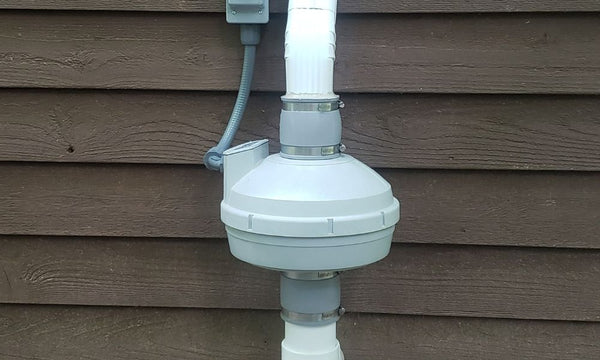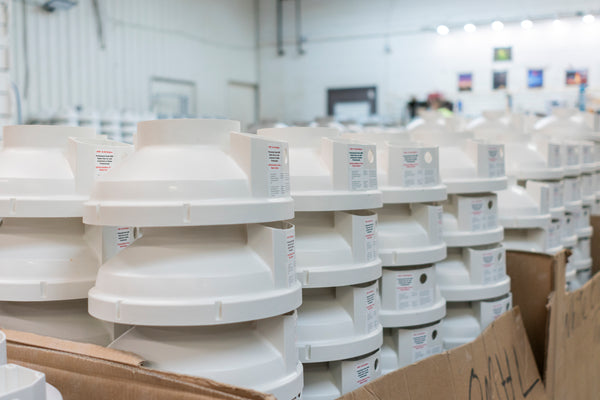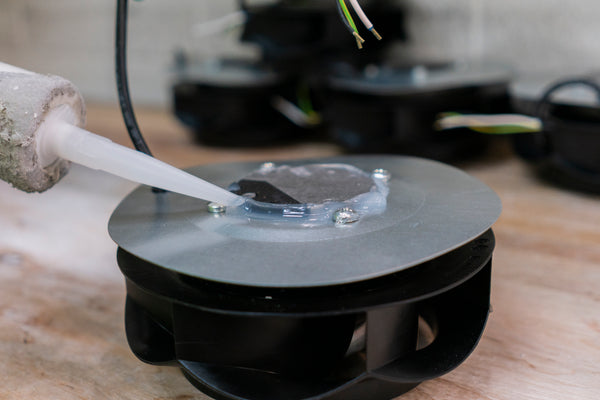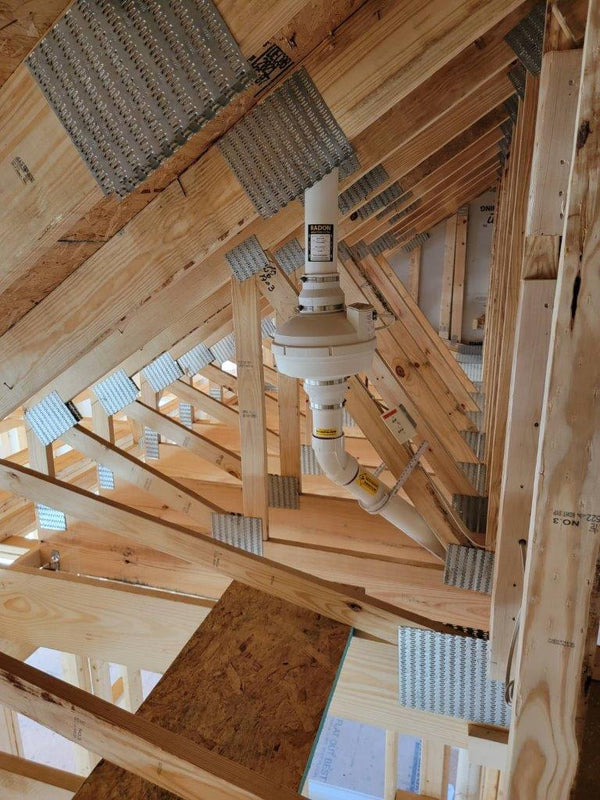
5 Conditions That Can Affect a Radon Test
Testing your home for radon is always a good idea if you’re unsure of the exact levels. When you have an accurate reading of the radon levels in your home, you can more easily take steps to counteract it.
However, you should know that certain conditions can impact radon test results. Which outside factors do you need to look out for when you want to test your home for radon?
Outdoor Temperature
When it’s cold outside, you probably keep your windows and doors closed as often as possible. Poor ventilation leads to an accumulation of radon in the home, so levels tend to be higher during the winter months. Alternatively, radon levels decrease in the spring and summer because you’re more likely to have windows and screen doors open.
The ideal time of year to test for radon is during the winter months. Test your home when levels are likely to be at their highest, and you’ll be able to prepare for a worst-case scenario.
Precipitation
Whether you’re dealing with rain, snow, or sleet, precipitation outside can pull radon more deeply into the ground, where elevated levels can easily creep into your home through the foundation. Plus, as with cold temperatures, rainy or snowy weather makes you more likely to close up your home, leading to poor ventilation.
High Winds
Windy weather can result in slightly increased or decreased radon readings in the home, depending on the direction of the wind and the construction of your home. If the wind hits your home on a side with few windows or doors, negative pressure builds up indoors, drawing radon up from the ground and into your home.
Meanwhile, if wind billows against the side of your home with plenty of doors and windows, it creates positive indoor pressure. Positive pressure pushes radon out of your home, causing levels to drop.
Barometric Pressure
If you’re testing your home for radon, measure and note the barometric pressure at the time of the test, as it can vary from hour to hour. Elevated barometric pressure can act as a protective wall that keeps radon in the ground from seeping into your foundation. When that pressure drops, the protective wall weakens and allows radon to pass through.
If test results indicate particularly high radon levels, consider installing an extreme radon exhaust fan to vent it all out. Radon fan systems vent radon out of your house regardless of changes in barometric pressure.
Drafts
Do you live in a drafty home? Before you perform your home radon test, close up all doors and windows and try to minimize those drafts, as they blow radon out of your home and decrease levels. A tightly closed home will give you the most accurate test results.
While you can’t possibly control every condition that can affect your radon test, you can educate yourself on how these conditions impact radon levels. Do what you can to minimize those effects, and note all relevant weather circumstances on the day you perform the test.





